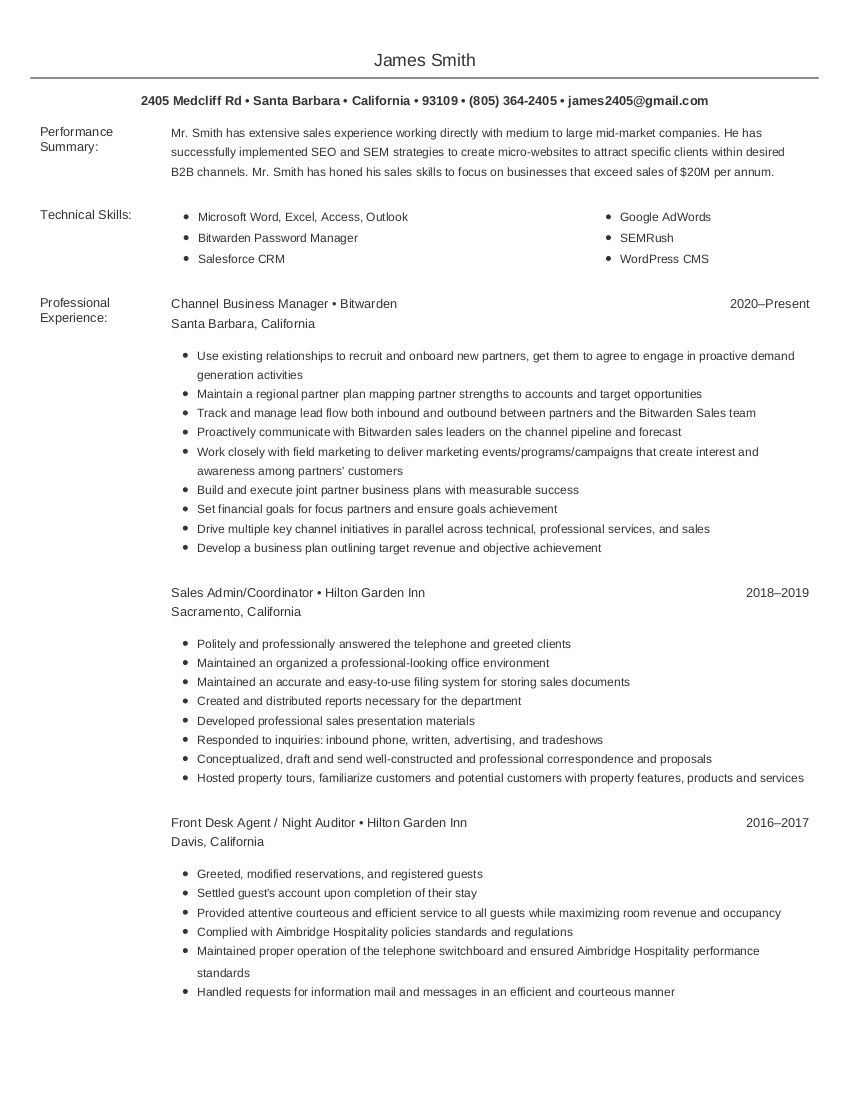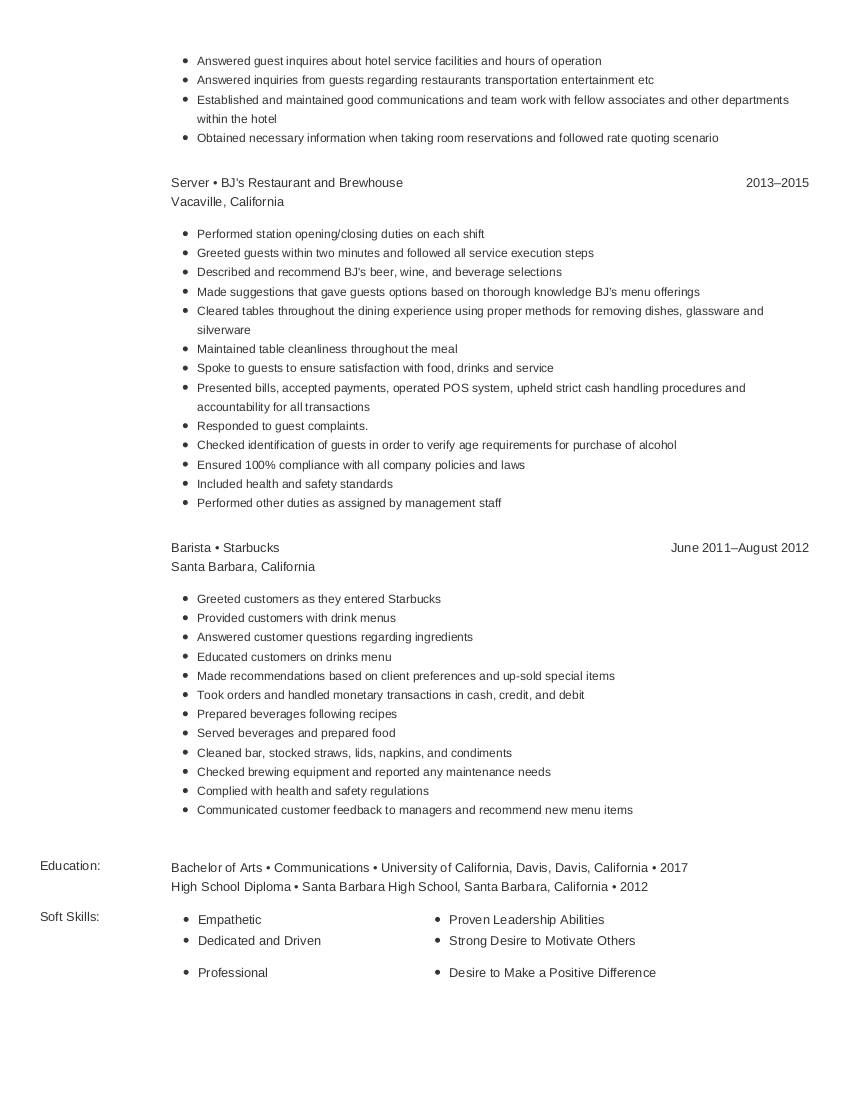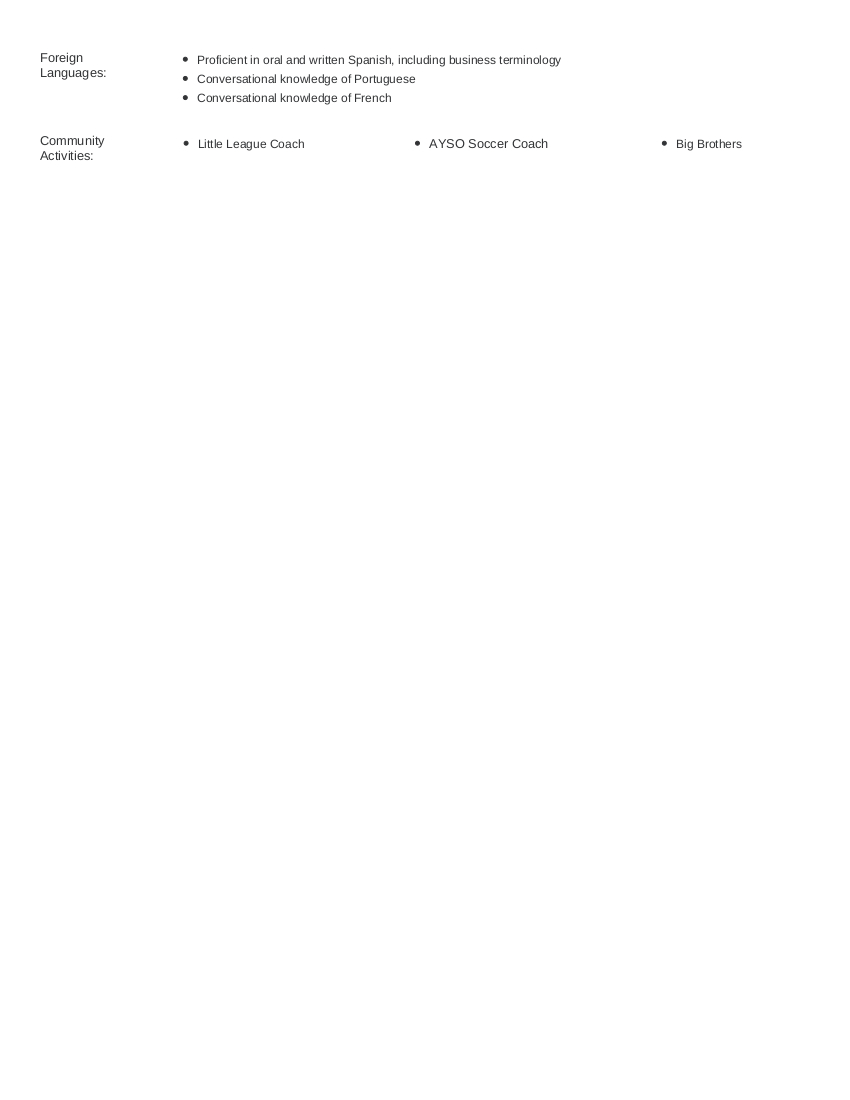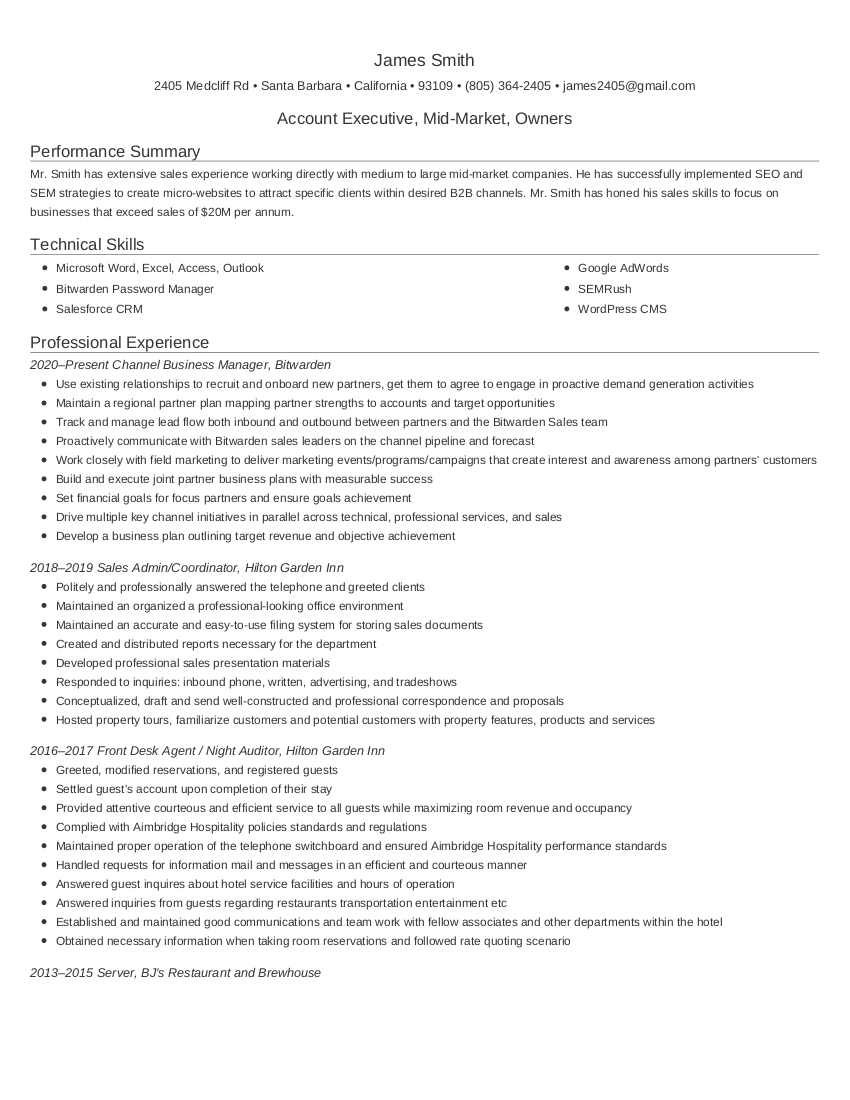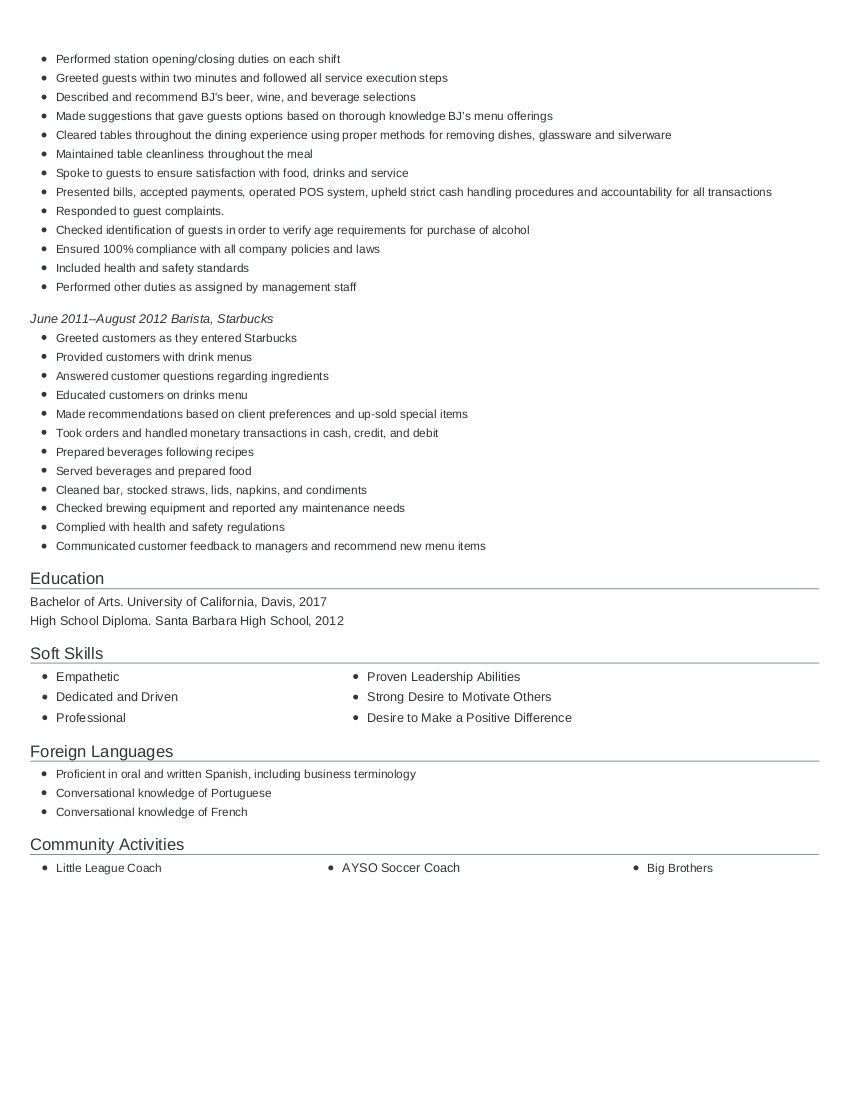Chronological vs. Functional
As of November 2022, unemployment remained static at 3.7 percent. However, the unemployment rate only tells part of the story. According to a study by PricewaterhouseCoopers (PwC), around 65% of currently employed individuals are searching for a new position. Contending for high-paying employment with generous benefits is intense and difficult. Job seekers must capitalize on every opportunity to stand out from competing applicants. It is critical to display work history, experience, and education in an easy-to-parse format to increase the likelihood of landing an interview. The two most popular formats to display this information are the chronological and functional templates.
Why Is It Important to Choose the Right Resume Format?
Choosing the right resume format will emphasize an applicant's education, work experience, and skills, thus making the candidate more appealing for the desired position. Several templates showcase a job seeker's qualifications, but the chronological and functional templates are the most common. For this reason, when writing a resume, a writer should select a template that is familiar to the hiring manager.
What Is a Chronological Resume?
A chronological resume lays out work history and accomplishments in the order that they occurred, that is, the entries are in descending chronological order. A chronological resume does not require that every experience be listed. A professional resume should be tailored to the job for which the occupation hunter is applying. Writers may want to remove work experience or accomplishments that are irrelevant to the target job. This format is well suited for an individual with consistent career growth in a single industry without significant gaps of unemployment.
When Is a Chronological Resume Best?
A chronological resume is well suited for job seekers who have the following traits.
- Comprehensive work experience in a single industry
- Extensive education that includes post-baccalaureate and/or multiple degrees
- Far-reaching accomplishments in a single organization with numerous career advancements
Most hiring managers are familiar with chronological resumes. The chronological template is a safe choice that highlights a job seeker's accomplishments.
How to Create a Chronological Resume
The easiest way to create a chronological resume is to use a template. ResumeBlaze offers users chronological templates as an option. Using a resume generator reduces the risk of errors or missing sections.
The basic chronological format from top to bottom will include the following.
- Basic contact information
- A brief summary of relevant experiences or an objective of future accomplishments
- Technical or hard skills
- Previous and relevant work experiences
- Education
- Trade certificates, awards, and accomplishments
- Foreign languages
- Extracurricular activities
What Is a Functional Resume?
A functional resume is an excellent choice for when past work experience does not directly apply to the target job. An example of this is when an executive attempts a career change or industry switch. In this circumstance, the target job requires the job seeker's skills, but the job seeker does not have the required experience. Instead, a functional resume focuses on the author's acquired skills rather than where the skills were obtained. The goal of using a functional resume is to show the hiring manager that the job seeker can complete the duties the position requires.
A functional resume usually dives deep into the skills acquired over time and how they have been honed. The most common format for this structure is bulleted lists, which makes the resume easily scannable.
When Is a Functional Resume Best?
A functional resume should be considered by the following type of job seekers.
- Young professionals entering the workforce
- Executives switching careers or industries
- Limited experience performing the target job duties, but the job seeker has the skill set to complete core tasks
- Skills were obtained in a non-traditional role (such as the military) and these skills transfer to a traditional role
- Long periods of unemployment (for any reason)
How to Create a Functional Resume
The simplest method to generate a functional resume is to begin with a template, similar to writing a chronological resume. ResumeBlaze offers functional template formats and allows users to switch seamlessly between different layouts without having to rewrite work experience, skills, and education.
Starting from the top of the template, the essential sections of the functional layout include the following.
- Basic contact information
- A brief summary of relevant experiences or a written objective of future accomplishments
- Technical or hard skills
- A brief summary of relevant personal or professional experience in bullet-point format
- Educational background
- Trade certificates, awards, and accomplishments
- Foreign languages
- Extracurricular activities
Emphasize previous work experience, create brief bulleted lists, and cite evidence or examples that demonstrate the skills necessary to perform the duties required for the target job. An example for a sales executive, for which an individual has no direct experience, would be to highlight the attribute of being a "self-starter." The author would emphasize previous experience where direct supervision was not provided and the author exceeded expectations. Briefly summarize two projects or accomplishments that lead the hiring manager to the logical conclusion that the target job would be a good match for the skill set outlined in the resume.
